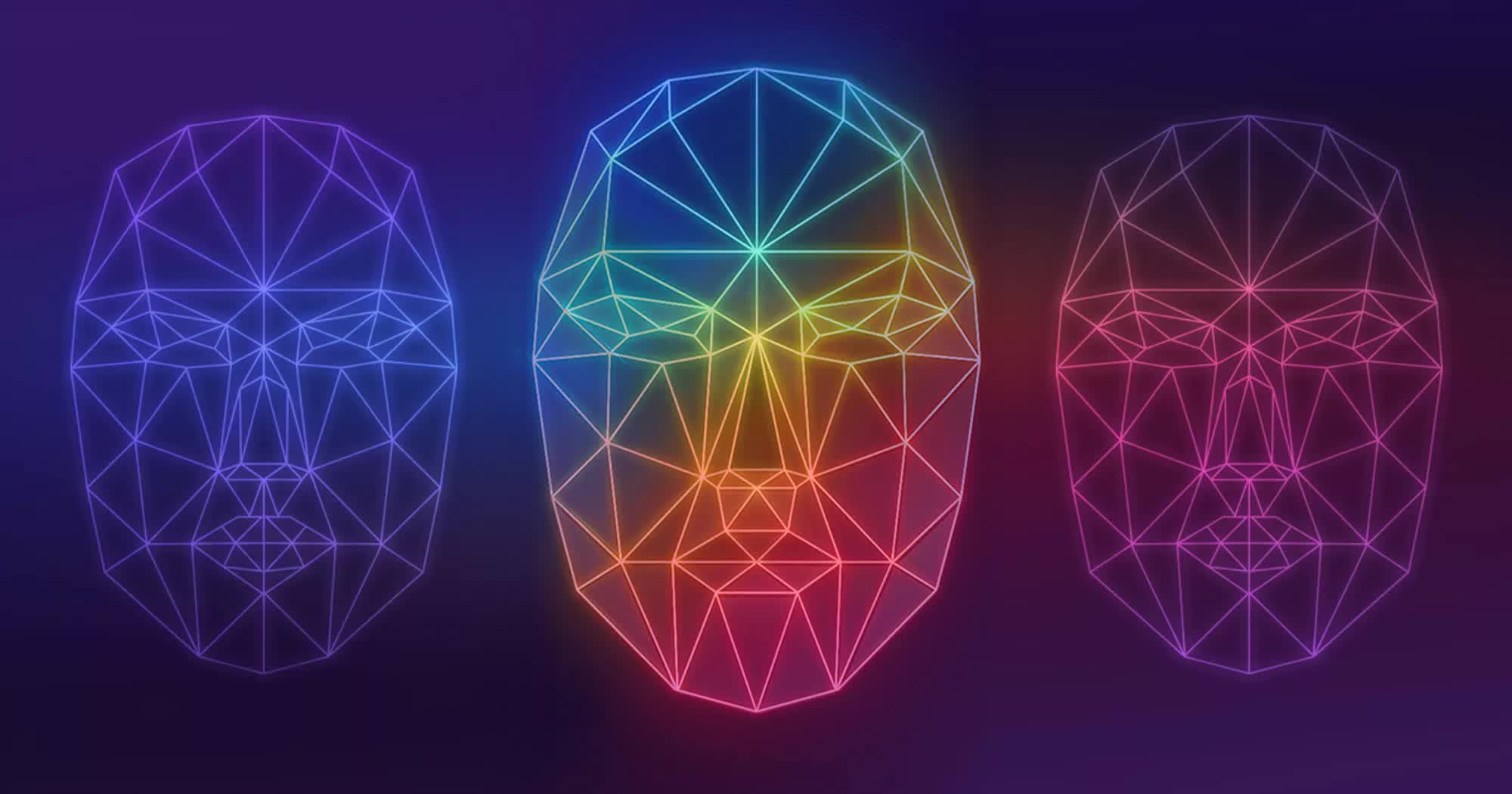
WWW.TECHSPOT.COM
Discord begins experimenting with face scanning for age verification
In context: Discord has proven popular among both gamers and general users, but it's not without its flaws. The messaging and social platform has previously been accused of exposing children to abuse and graphic content by not adequately protecting underage users from predators. This has prompted the company to implement stricter terms of service regarding CSAM and other sensitive content.
Discord is currently running a limited test involving age verification through facial scanning technologies. The company confirmed that the test aims to "age-gate access" to specific spaces or features, while also disclosing how personal data is shared with third-party vendors. Privacy preservation appears to be a priority, according to Discord, with the test primarily targeting younger users attempting to access sensitive or potentially unlawful content on the platform.
The company stated that the data used to verify a user's age is only processed once and is not stored on Discord's servers. Age verification can be conducted either via biometric technology or through ID verification. The face-scanning solution used in the test operates locally on the device, meaning no biometric data should be collected or sent through the network.
ID verification, on the other hand, involves scanning an official ID document using the phone's camera. According to Discord, the scanned ID is deleted after the user's age is confirmed. The test is currently underway in the United Kingdom and Australia, both of which have become increasingly active in the fields of age verification and biometric identification.
In recent years, UK authorities have been working to integrate age verification technologies into online platforms and adult websites. Meanwhile, Australia has opted for a stricter approach, planning to ban users under 16 from accessing social media altogether – a measure expected to take effect by the end of 2025.
According to the BBC, these types of restrictive age-verification laws are not isolated measures, but part of a broader shift in digital regulation. Social media expert Matt Navarra points out that regulatory bodies are actively seeking effective methods to identify underage users online, with facial recognition emerging as one of the fastest solutions.
// Related Stories
At the same time, Australia's approach appears to be favoring platforms based on their perceived value to younger audiences.
Services like YouTube, which may offer educational benefits, are likely to be exempt from the forthcoming age restrictions. Critics – including competing platforms such as TikTok – argue that Australian authorities are arbitrarily deciding which services to exclude from the ban.
0 Compartilhamentos
27 Visualizações


